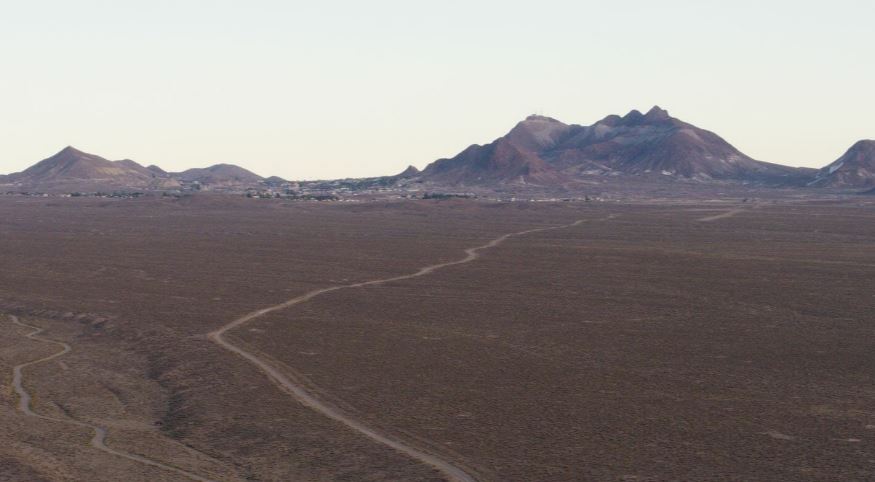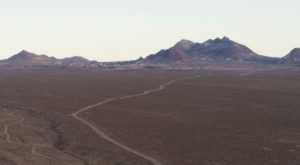American Lithium tables Nevada drill results

American Lithium's TLC Project near Tonopah, Nevada. Source: American Lithium Corp.

American Lithium Corp. [LI-TSXV] on Tuesday March 19 released the first assays from Phase one drilling on its TLC lithium claystone project near Tonopah, Nevada.
The first drill hole returned 1,109 Li over 61 metres from a near surface depth of 11 metres, including 1.5 metres of 1,615 ppm Li.
Tuesday’s announcement markets the first results from an 18-hole drill program that was undertaken by Harris Exploration Drilling and Associates Inc. of Fallon, Nevada.
Phase one began in mid-February and calls for a series of holes at average depths of 100 metres, to a maximum of 160 metres. The program will consist of 1,600 metres of reverse circulation drill sampling to increase the scope and eventual valuation of this prospective lithium-bearing claystone-rich environment.
“We identified this initial discovery based on favourable surface grab sampling that returned initial grades as high as 1,380 ppm Li,” said American Lithium CEO Mike Kobler. Given the consistency of surface mineralization across the project, we elected the middle of the claim block as a starting point,” he said.
“From here, we aim to maximize our step-out, and build upon the initial drill hole, outcrop and geochemical data to shape our drill targeting and understanding of the basin.”
With additional drill results expected in the next two weeks, American Lithium is currently staking additional ground in the area.
American Lithium already holds over 1,500 acres at the TLC project, which it has described as one of the most promising and underdeveloped lithium claystone basins in North America today.
The company’s Fish Lake Valley project, covering 25,000 acres, is located within the highly prospective Esmeralda Lithium District, about 3.5 hours south of the Tesla Motors Ltd. [TSLA-NASDAQ] Gigafactory and within the same basinal environment as Albemarle‘s [ALB-NYSE] Silver Peak Mine.
Silver Peak remains the only operating brine-based lithium mine in North America.
Over 60% of current lithium demand comes from industrial applications, such as glass, ceramics, lubricants and casting powders.
But forecasts of rising adoption rates in the electric vehicle sector and the development of huge battery factories by Tesla and others caused lithium prices to more than double in 2016 and 2017.
More recently, lithium prices have retreated from previous highs as some miners ramp up their production. Prices in China, the world’s largest consumer of lithium, plunged to $13,000 per ton in August 2018, from a peak of US$24,750 in March 2018, according to price tracker Benchmark Mineral Intelligence.
Analysts are now watching for any impact on lithium demand of a move by global auto giants to ramp up production of electric vehicles. A Reuters news service report said global automakers are preparing to spend US$300 billion to develop electric vehicles and procure or manufacture batteries over the next five to 10 years. The report said China is expected to account for 45% of all EV sector spending.
Meanwhile, American Lithium shares eased 4.17% or $0.02 to 46 cents. The 52-week range is 22 cents and 74 cents.
